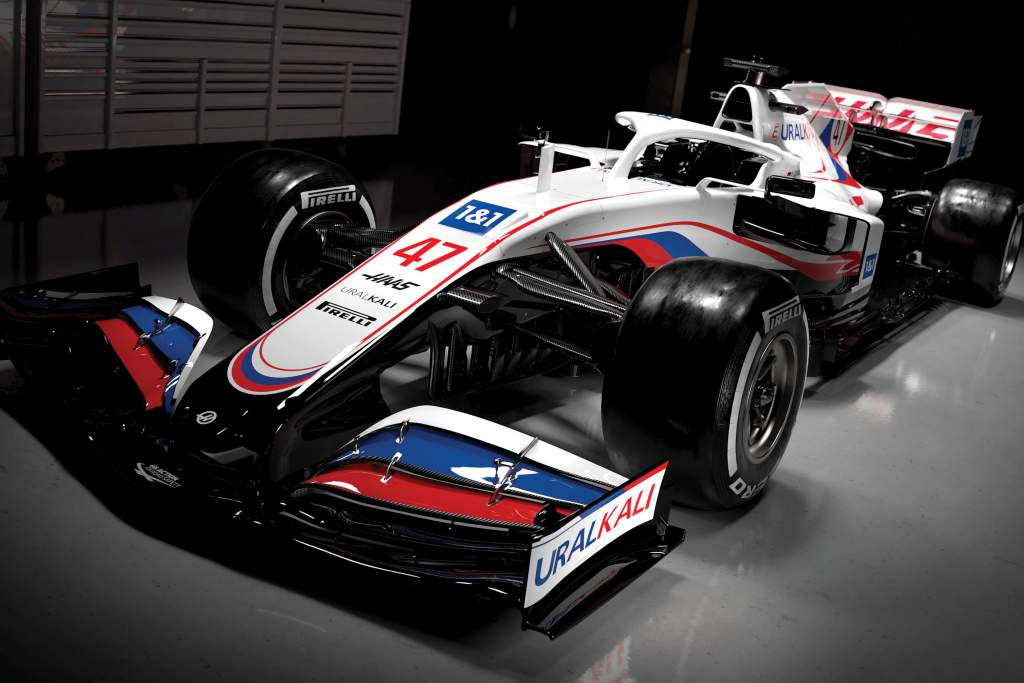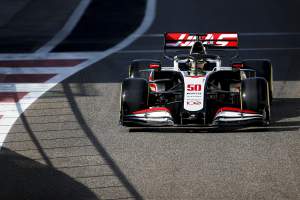Up Next

Haas decided not to spend its two development tokens when designing its 2021 Formula 1 car as the team believes it would be “pointless” to invest in the short-term.
The American outfit finished ninth in the constructors’ championship last year with an underpowered engine and a car that was not developed through the season.
It has applied some aerodynamic updates planned for 2020 into its new design, the VF-21, but has opted not to make any major mechanical changes.
Teams have to carry over the main architecture of their cars for 2021 as part of a raft of cost-saving measures but were given two development tokens to spend, giving them the option of upgrading specific elements like the monocoque or the rear suspension.
However, Haas has opted not to spend either of its tokens. It will also not develop the VF-21 through the season, having committed all its aerodynamic testing work to the major new technical rules coming into force next year.
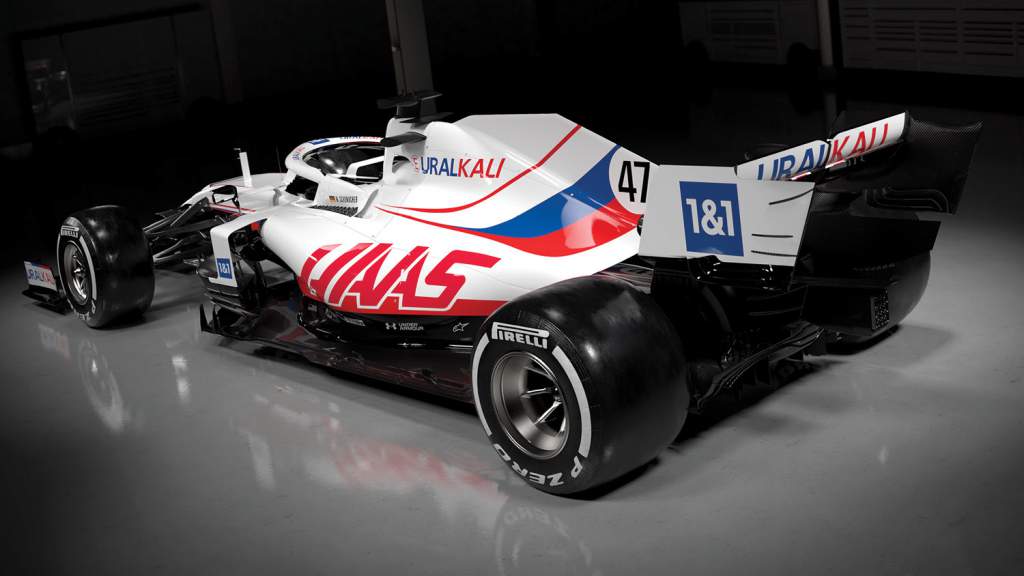
“I wouldn’t say a holding season, it’s a transitional season,” said team boss Guenther Steiner. “It’s a transition to get to ’22.
“We did this with the expectation that this year, if we invest a lot of time, money, tokens, windtunnel time – it’s [all for] one year. And we were starting late last year anyway, the car wasn’t our best car.
“So if you put it all together, it was actually pointless to invest in the short term, it was much more important to invest in the mid and long-term and that is the ’22 regulations.”
A key upside with Haas’s decision is it can devote its entire aerodynamic testing allowance to the 2022 rules.
All 10 teams are restricted in the number of windtunnel runs they can complete and CFD items they can produce. Most teams, if not all of Haas’s rivals, have used some of their allowance on the 2021 cars as new aerodynamic rules have reduced downforce at the rear.
That gives Haas a headstart, and thanks to a new handicap-style system giving teams tighter aero testing restrictions the more successful they are, Haas will have a bigger windtunnel and CFD allowance than every team except Williams this season.
Its decision should therefore mean Haas completes more aerodynamic testing for the new rules than any other.
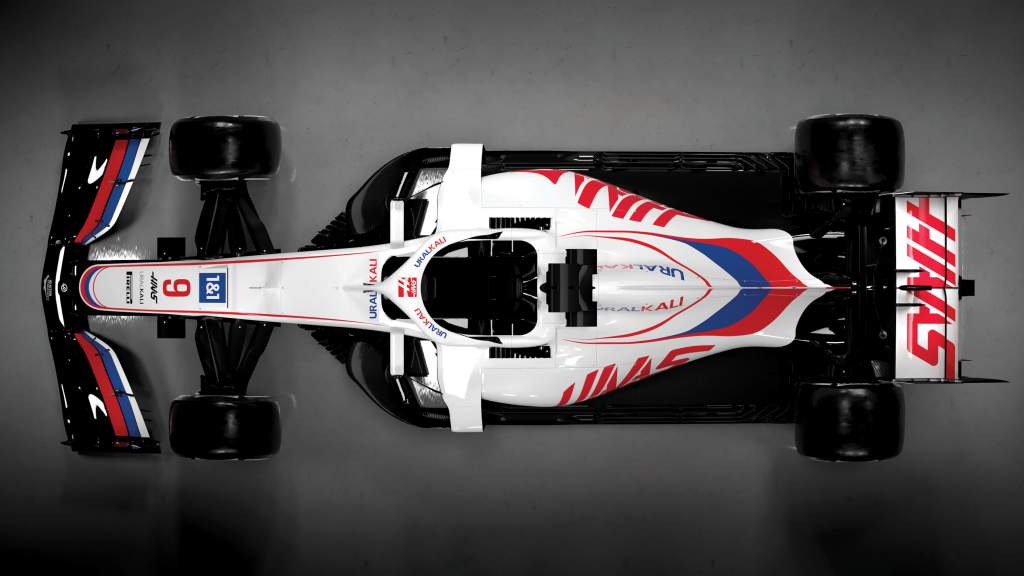
“That’s the plan,” Steiner said when asked by The Race if Haas had the budget to maximise its higher aero testing allowance.
“We got up and running with the technical team in January, and I think we can get there to utilise it efficiently as well.
“It’s a bit of a challenge because when we started it was a little bit slow with the CFD runs and things like this. But the aim is to get there to use all of it.”
As for the VF-21, its livery was revealed on Thursday morning in the form of renders of a 2020 car, while the real thing will not be shown until the first morning of pre-season testing in Bahrain on March 12.
Though Haas has not devoted a full development effort to the VF-21, Steiner said there will be some significant changes.
The car will have “complete new bodywork” because of changes Ferrari has made to the engine and its cooling requirements.
That in itself will be cause for optimism for Haas, as the underpowered Ferrari engine was such a key part of its 2020 limitations.
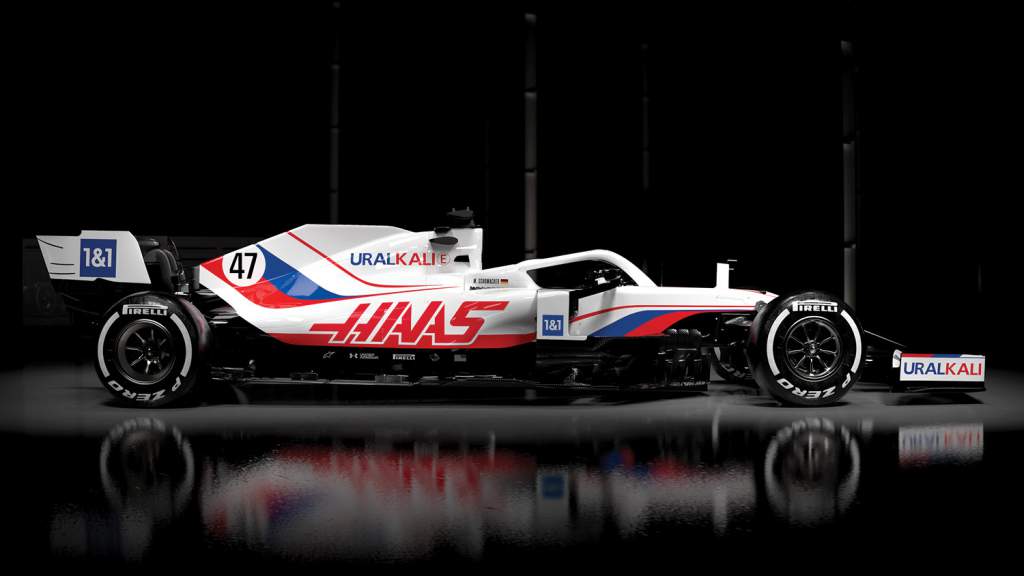
As its 2020 car was only “60-70% finished” last year, running all season in the specification locked in after pre-season, there has also been an opportunity to incorporate aerodynamic upgrades that were shelved last year for financial reasons.
However, given the new aerodynamic rules introduced for 2021 that cut away part of the rear floor and limit other areas, it’s unlikely that all of what Haas was working on in 2020 will be part of the VF-21.
“Hopefully we can make some gains,” Steiner said of the 2021 car. “I’m not saying that we have given up. We never give up. But we started pretty late last year to develop.
“We had some developments planned for the year which then didn’t materialise but we picked them up and put them in.
“And then the engine, it looks promising that the engine makes a good step up.
“We should be in an OK spot, but will we be fighting in the top midfield? I don’t think so, but we are not going there and saying we will definitely finish last, that is not happening.
“That’s never happening as long as I will be here. You always try to get every little bit out of it.”
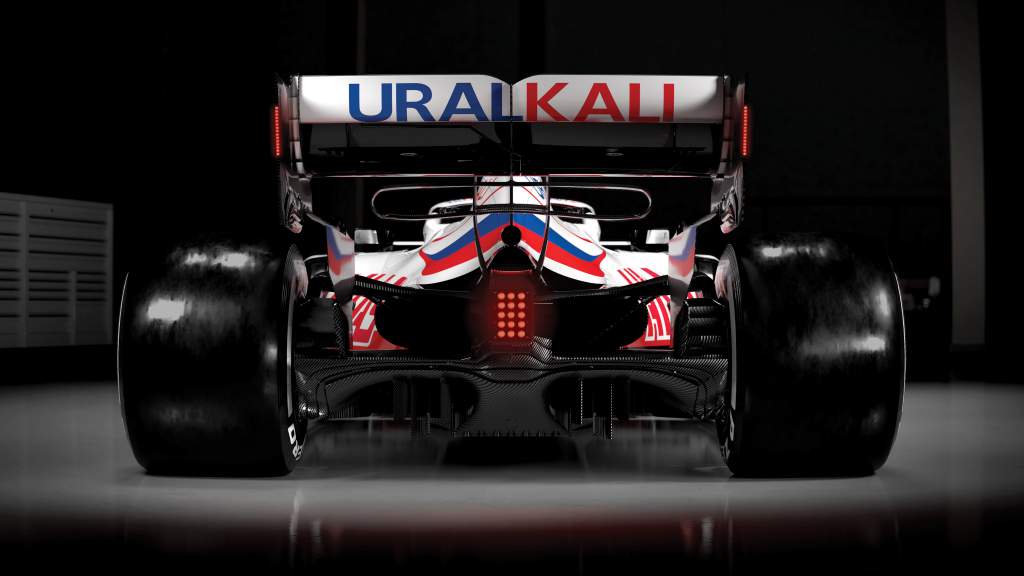
Haas has two rookie drivers for 2021, with Formula 2 champion Mick Schumacher partnered by Nikita Mazepin.
“This is part of the whole plan, we want to get ready for 2022 in all areas,” said Steiner.
“So, we come up with two drivers who are ready, who are young and hungry because they haven’t been there, and we’ve got a good car for them in ’22.”


